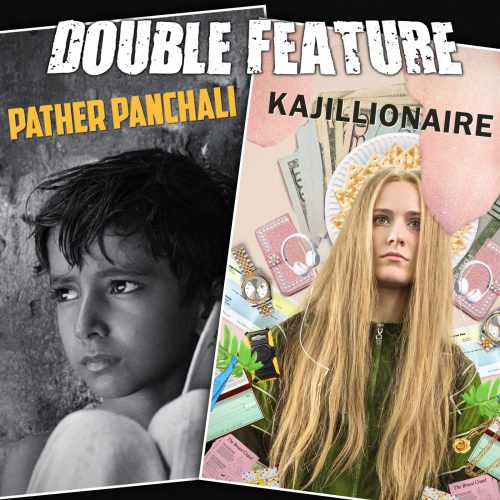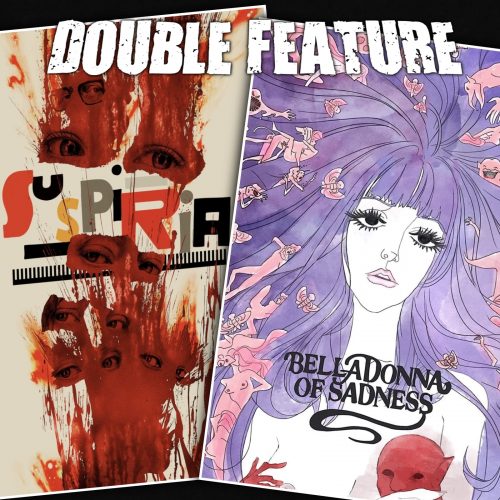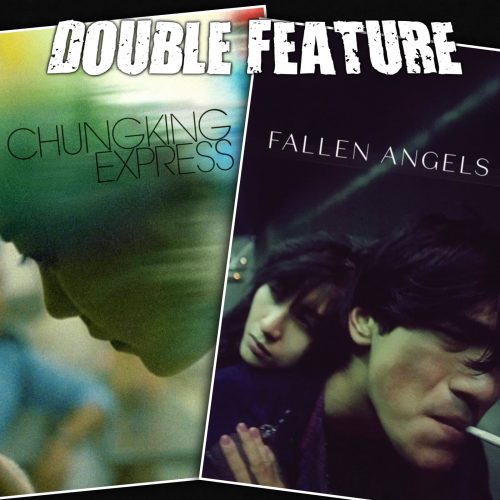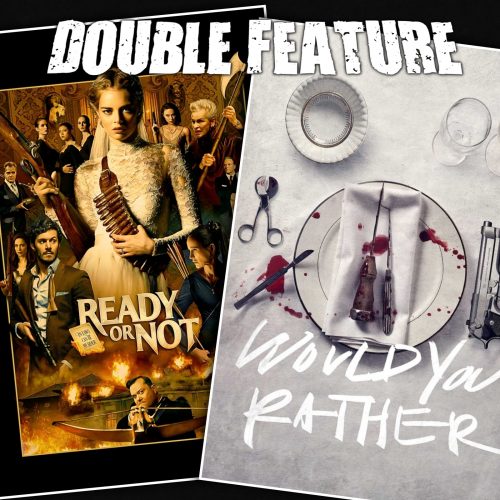
Differing poverties. Turns out, this is not a cheeky Double Feature. A fresh breath of filmmaking in Pather Panchali, a movie many people are still discovering for the first time. The way current films address diversity is still condescending. The problem of getting audience to accept leaving their confort zone. New countries make movies – seeing the democratization of film making again and again as each country gets its own new wave. The punctuation of Pather Panchali’s impulsive nature & mood inserts. Give due respect to Miranda July. Kajillionaire’s surreal look at the modern day struggle with crony-capitalism. In addition to society, Kajillionaire takes on con artists, parenting, arrested development, isolation, existentialism, second changes, self-love, and so much more. Continue reading









